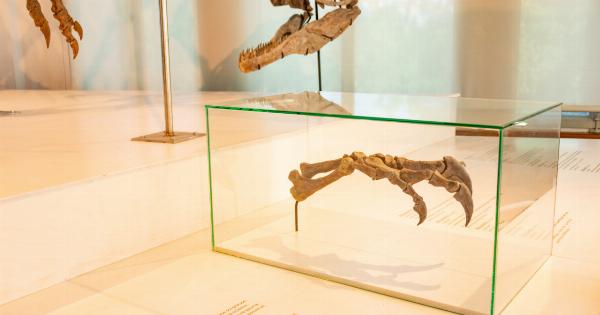Alcohol is one of the most commonly used drugs in the world, and its effects on the body have been studied extensively. However, recent research has shown that alcohol affects brain activity differently in males and females.
This study sheds light on the differences in how alcohol affects the brain activity of males and females, and why these differences exist.
The Study
The study was conducted by researchers who set out to examine the effect of alcohol on the brain activity of males and females. The study involved 30 men and 30 women, all of whom were asked to consume an alcoholic beverage.
The researchers then used a technique called functional magnetic resonance imaging (fMRI) to measure the changes in brain activity that occurred as a result of alcohol consumption.
Results
The results of the study showed that alcohol affects brain activity differently in males and females.
In males, alcohol consumption led to an increase in activity in the prefrontal cortex, which is the part of the brain that is responsible for decision-making, attention, and impulse control. In females, however, alcohol consumption led to a decrease in activity in the prefrontal cortex.
The researchers also found that alcohol consumption led to an increase in activity in the amygdala, which is the part of the brain that is responsible for processing emotions, in both males and females.
However, the increase in activity was greater in males compared to females.
Discussion
The study offers valuable insights into the differences in how alcohol affects the brain activity of males and females.
One of the main findings of the study is that alcohol consumption leads to an increase in activity in the prefrontal cortex in males, but a decrease in activity in females. This suggests that alcohol may affect decision-making, attention, and impulse control differently in males and females.
The study also found that alcohol consumption led to an increase in activity in the amygdala in both males and females, but the increase was greater in males.
This suggests that alcohol may have a greater effect on emotional processing in males compared to females.
The differences in how alcohol affects the brain activity of males and females could be due to a number of factors. One possible explanation is that males and females have different levels of enzymes that break down alcohol in the liver.
This could lead to differences in the concentration of alcohol in the bloodstream, which in turn could affect the brain differently.
Conclusion
The study shows that alcohol affects brain activity differently in males and females, with males experiencing an increase in activity in the prefrontal cortex and females experiencing a decrease in activity.
The study also found that alcohol leads to an increase in activity in the amygdala in both males and females, but the increase is greater in males. These findings highlight the need for more research into how alcohol affects the brain, and the differences between males and females in particular.



























